Ever since Bridgerton announced Penelope Featherington (Nicola Coughlan) as Season 3’s heroine, anticipatory chatter ignited about whether the Netflix series would adapt a famous moment from author Julia Quinn‘s novel, Romancing Mr. Bridgerton. Shondaland’s version of the “mirror scene,” as fans christened it, surpasses expectations because it isn’t about the mirror at all — or, at least, Season 3, Episode 5’s mirror functions as a metaphor. Bridgerton transforms the book’s brief, unconsummated fantasy into a full-length love scene reflecting Season 3’s fundamental theme.
Penelope’s first sexual experience is inextricable from her emotional journey: a woman learning to embrace self-acceptance and confidence after a lifetime of both external and internalized disdain, primarily directed toward her body — and to the tune of her fiancée, Colin Bridgerton (Luke Newton), praising Penelope to the skies as they gaze into a mirror. Suitably, the moment substitutes Bridgerton‘s traditional steam for a more realistic, earnestly sweet, and thoroughly romantic moment that, like Episode 4’s “carriage scene,” continues to prioritize our leading lady’s perspective — and her pleasure. What’s more, it’s personal. In 2024, the representation and the nuanced tenderness with which Bridgerton approaches the mirror scene shouldn’t still need to be revolutionary — and it is, without constraint.
‘Bridgerton’ Season 3 Makes the Mirror Scene About Penelope
The mirror scene’s placement within Episode 5 is crucial. Minutes earlier, Colin unequivocally declares his love for Penelope by countering her mother Portia’s (Polly Walker) cynicism. And not long before that, Colin professes his adoration to Penelope, touches her intimately in a moving carriage, and proposes. Penelope has been swept up in a waking daydream with no time to explore its facets. Some key dialogue and the heartwrenching vulnerability of Nicola Coughlan’s expressions are clear evidence that Penelope still wonders if this is a cruel joke. Winning her heart’s hopes seems too good to be true, and aren’t things that seem too good usually a cobra lying in wait?
Without realizing it, Penelope needs Colin’s reassurance. Part one of his doing so is Colin contradicting Portia, who co-fostered the environment responsible for hurting and stifling Penelope. As Penelope states, no one has defended her before. Something Colin instinctively did shifts her world. Thought processes aren’t magically unlearned, however. Colin recognizes that she lacks emotional security. The fake rake who’s a romantic at heart adores Penelope enough that he wants his fiancée to see herself the way he does. In fact, he craves it. By proclaiming his affection for her mind and heart in front of a mirror, he creates a safe space for Penelope to experiment and thrive. He reinforces the non-conforming transformation she’s striven to achieve thus far — especially since his goal is for Penelope to celebrate herself.
By removing one hairpin that hits the floor with a soul-shaking impact, Colin shifts his besotted ardency onto Penelope’s body. And for all of his dream-invading desire, Colin reverently trailing his fingers over her skin boils down to Penelope’s response. Colin’s cumulative actions empower her limited confidence. Her wardrobe change in Season 3, Part 1 never sat right on her skin; despite the poison that the media and advertising firms spend millions pouring into our heads, fitted dresses and a fresh hairstyle don’t a reborn woman make. Penelope gaining autonomy means embracing each part of her whole. She must grapple with the ramifications of her brilliant mind, her career aspirations, her fears and insecurities, and the axis point of her love for Colin meeting her physical desire.
Not only does the ton demonize female sexuality (unless it’s for those rakes’ benefit), Penelope’s body is scattered with invisible scars inflicted by others’ repeated, compounded contempt. Colin’s love fosters Penelope’s first tentative steps toward legitimate self-actualization; it’s not weakness to draw inner strength from external validation. The difference between Bridgerton Season 3 and the “a man’s desire makes her beautiful” trope is how Penelope claims her agency with her own hands. (Reinforcing the subtext with an instrumental cover of Ariana Grande‘s “POV” is a legendary move.)
Penelope and Colin’s Love Scene Is Realistic and Romantic
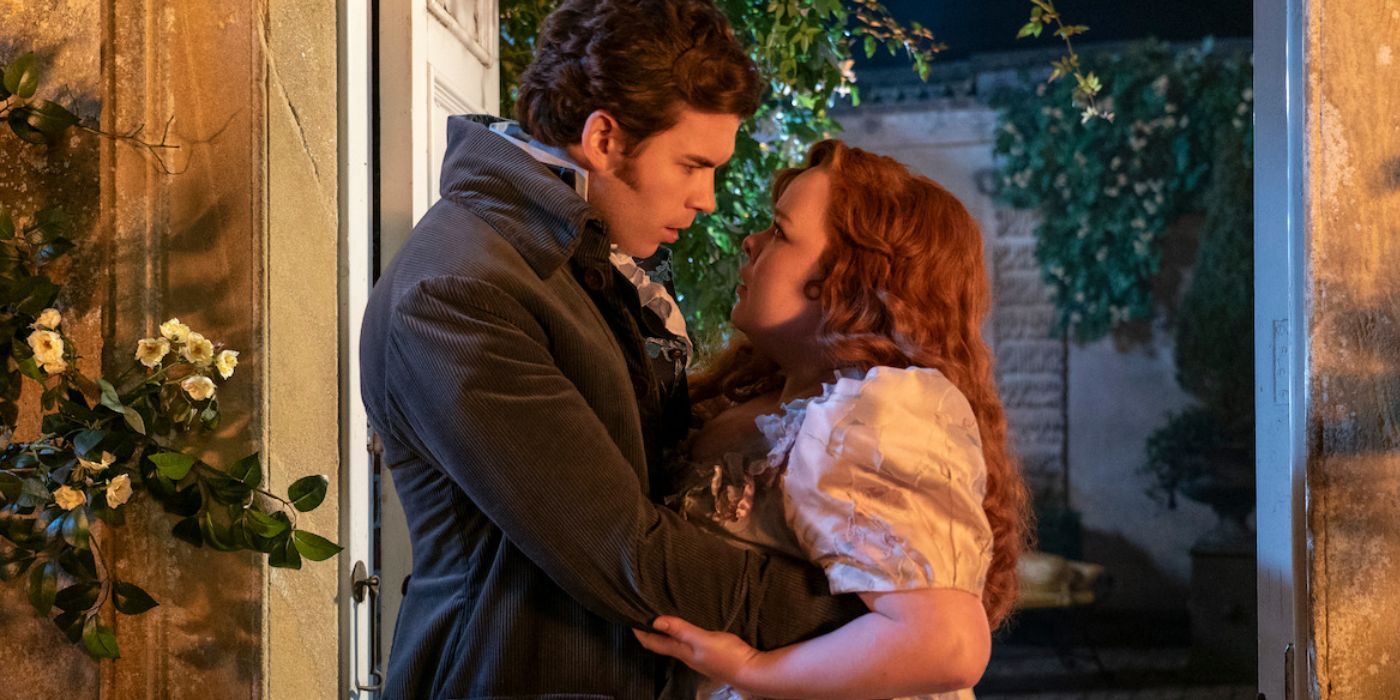
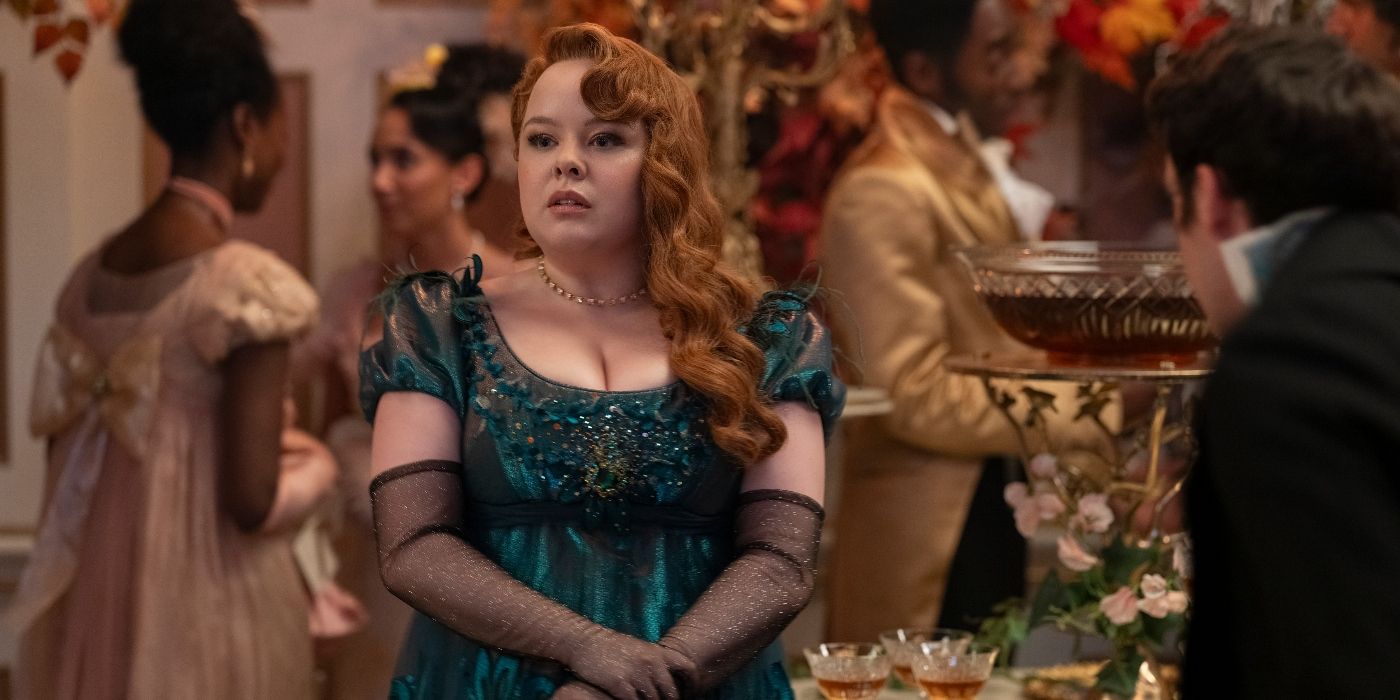

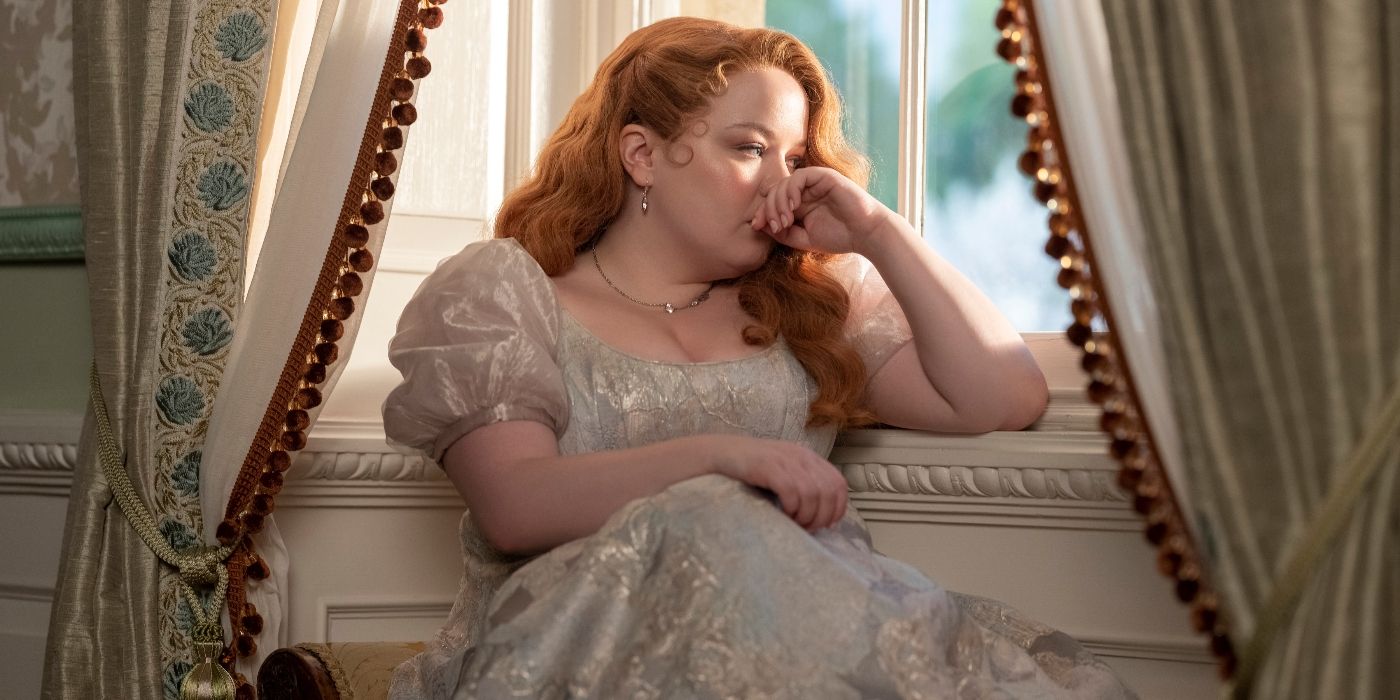
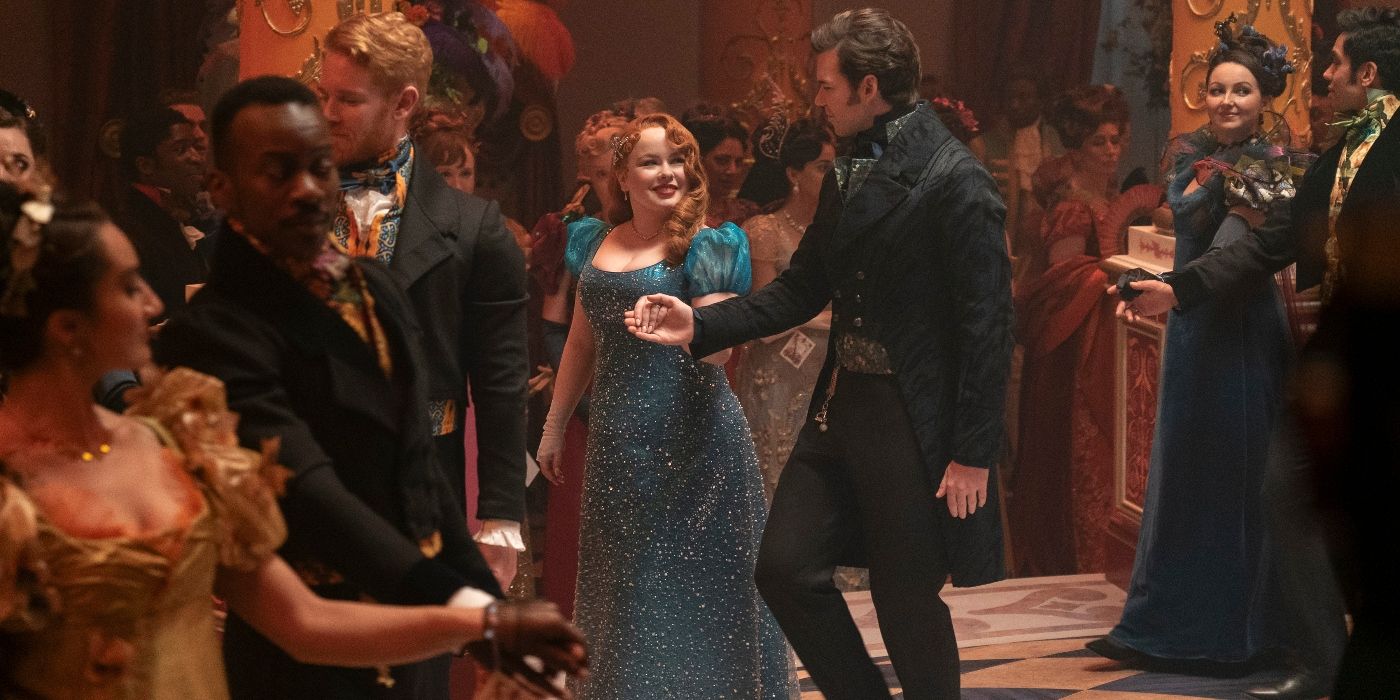





After the buildup, Penelope needs to approach full intimacy (and like the carriage moment), the sex scene’s technicalities center her perspective. Desire and shyness go hand-in-hand; yes, she feverishly wants this, but she’s self-conscious, concealing her breasts when Colin removes her corset. He doesn’t tell her to show herself; she chooses when. Coughlan captures all the jittery, charming nerves of someone’s first time: Penelope’s awkward excitement, lip-biting grins, quiet giggles, and stunned, giddy joy exist simultaneously with her gasping into Colin’s mouth or appreciating his body. In real time, Penelope’s discovering a key facet of her identity. Similar to how Outlander revolutionized television’s approach to sex by incorporating the female gaze, Bridgerton‘s mirror scene shifts Outlander‘s gold standard a football field further.
Even more technically, it’s simple sex. Nothing extravagant or complicated happens. It doesn’t need to. If previous Bridgerton seasons favor whirlwind passion, Season 3 emphasizes the romantic side of the romance genre. Penelope and Colin’s exchanges are tender and sensitive, which breeds intimacy between the characters and with the viewers. It feels like we’re glimpsing a private moment — whether it’s the camera’s eye for hand placements, the explicit consent, or the aching vulnerability of a woman with curves anxiously entering a sexual situation and finding pleasure, not ridicule. Penelope’s experience is what everyone deserves from their first time — or any time, for that matter.
Colin, meanwhile, pursues Penelope’s bliss and remains attuned to her. He consistently checks for consent. He cherishes her trust for the jewel it is. Between that recognition and Colin’s own disposition, he yearns to take care of Penelope. He automatically assumes the lead because that’s his expected role, and it’s another reassuring gesture. Once he sees Penelope’s hunger, he accepts her freedom, encourages it, and melts at her slightest touch. He calls this technically simple sex with Penelope, the woman he would move heaven and Earth for, better than a night with Paris’s most experienced courtesans. His eyes are open, sex no longer a pastime but transformative. Evidenced by Part 1’s soulless encounters, Colin needs to be with someone he loves for sex to matter. That emotional dimensionality, combined with his reverence for Penelope’s body, breaks barriers.
The Scene Means Just as Much for Colin as It Does for Penelope
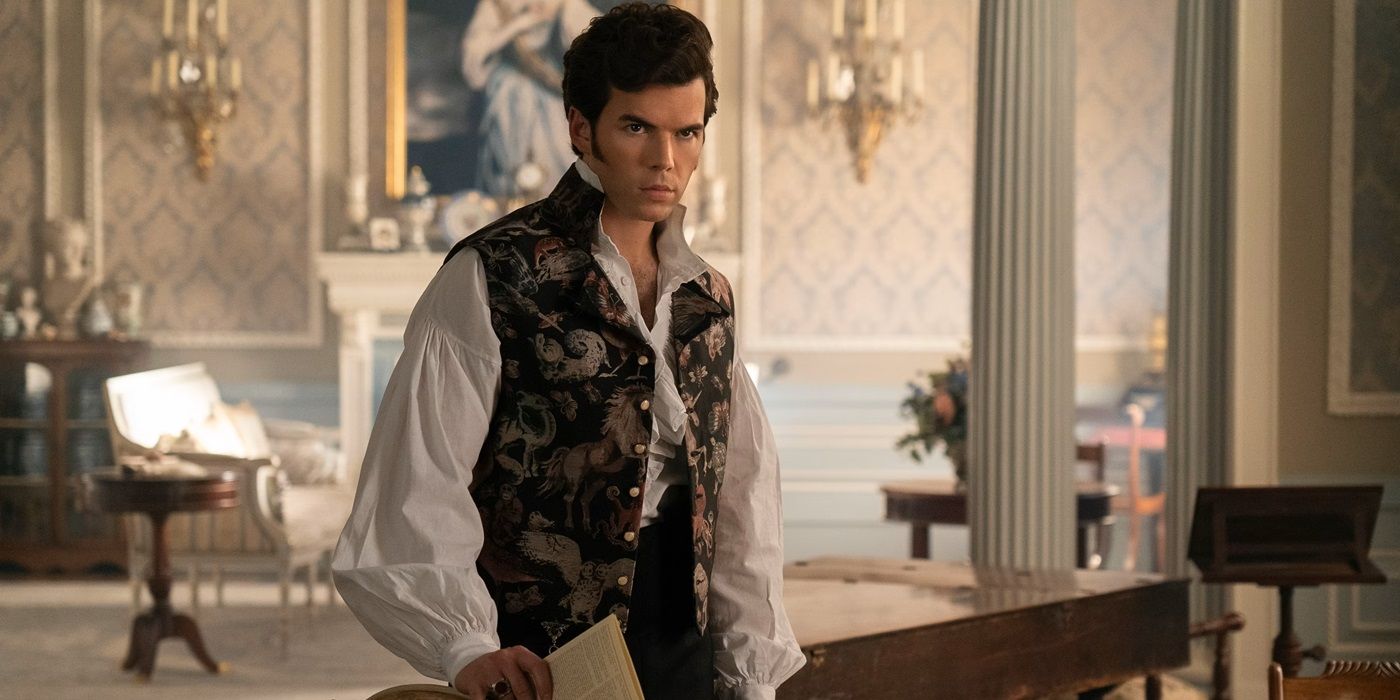
This scene plays a pivotal role in Colin and Penelope’s relationship with each other. Their dynamic was shifting and the mirror scene in particular makes their bond even stronger. As much as it is about Penelope understanding and loving her body, it is also about Colin exploring a different part of Penelope. He is showing her how he loves her and where his affection lies, but he is doing it on her terms. As empowering as the mirror scene is, it also highlights how deep his love for her already goes. The Bridgerton boys are known for their honor. If they are intimate with a woman of society, they will “do the right thing” and marry them, but that means that moments like this — when Colin knows that this connects him with Penelope for the rest of his life — hold that much stronger.
He is willing to marry her and love her for the rest of his life and he will clearly do so by making her feel as loved as possible. We have seen scenes between some of the Bridgerton boys and women in brothels on the show, and it is alluded to that Colin has had sex on his travels, but even the “simple” sex he has with Penelope means more to him because he loves her. It is something that each of the siblings has to learn. The brothers have had sex and yet what we see every season is their realization that sex with the person they love means more to them than their journeys around the world. Colin needed this exploration with Penelope in the same way Penelope needed it and seeing how he loves and appreciates her makes this scene so special. So, as much as it is about her empowerment, it is also about Colin learning what it means to be a Bridgerton.
The Mirror Scene Is Crucial for Penelope’s Season 3 Arc, but Doesn’t Define It
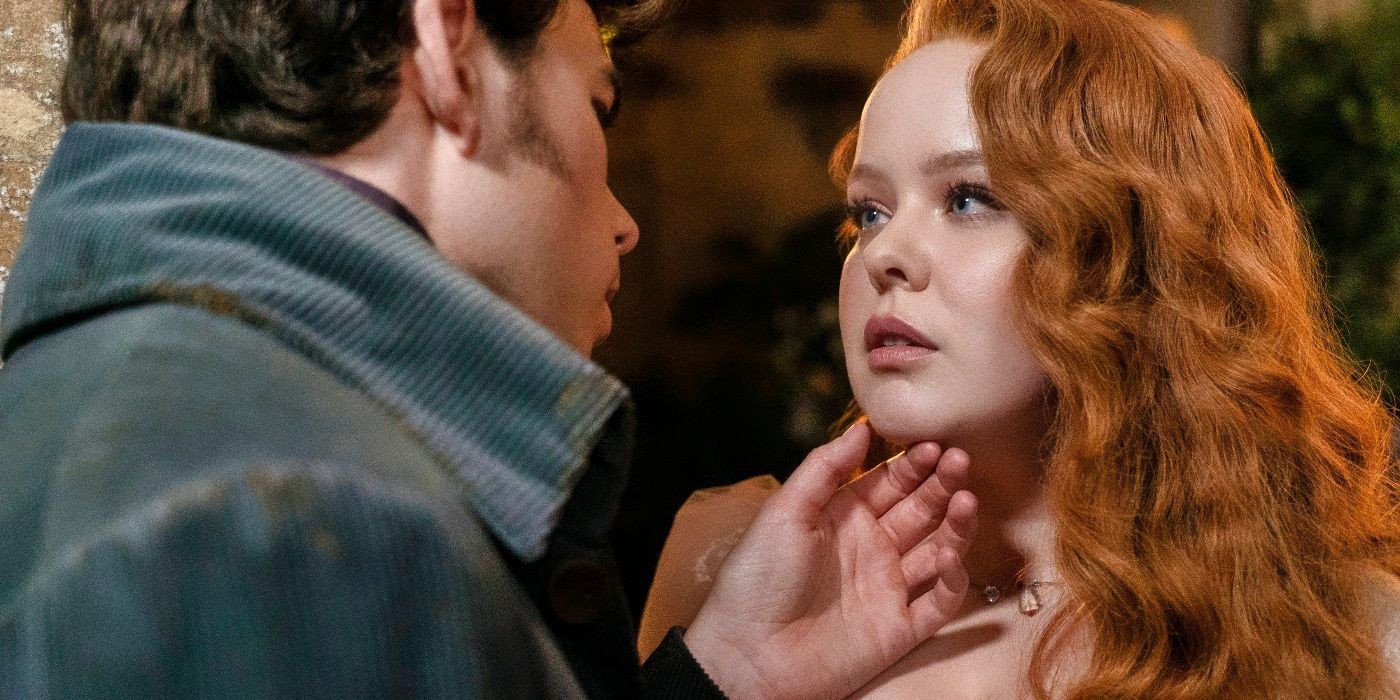
Despite her apprehension and seeking Colin’s guidance, Penelope insists on participating. She pursues, and exerts, another form of the autonomy she’s been denied, the reason she seized upon the Lady Whistledown alias to begin with. The mirror scene maintains the season’s thematic backbone — a woman coming into her power and the complexity of said achievement. Society holds women captive. When there are limited avenues to power, conning the system to gain independence breeds questions of morality. “Writing was the only way I felt I could have a voice,” Penelope says. She couldn’t leave the Featherington house unless she secured a husband. The ton dismissed her, and after every season, a ticking clock propelled her closer to the worst kind of undesirable: “old.”
Like every flawed Bridgerton character, Penelope makes mistakes by using Lady Whistledown as her outlet. The column’s also her triumph. Once she self-reflects, she decides to better the world through the power she subversively accumulated. And for Penelope to have a healthy romance, she must first become a fully formed and satisfied person. Her romance with Colin is just one part of her realizing what owning her agency means. It’s an essential part — but Penelope’s efforts, and hers alone, transform her into the diamond she was destined to be.
‘Bridgerton’ Season 3’s Mirror Scene Is About More Than Steam
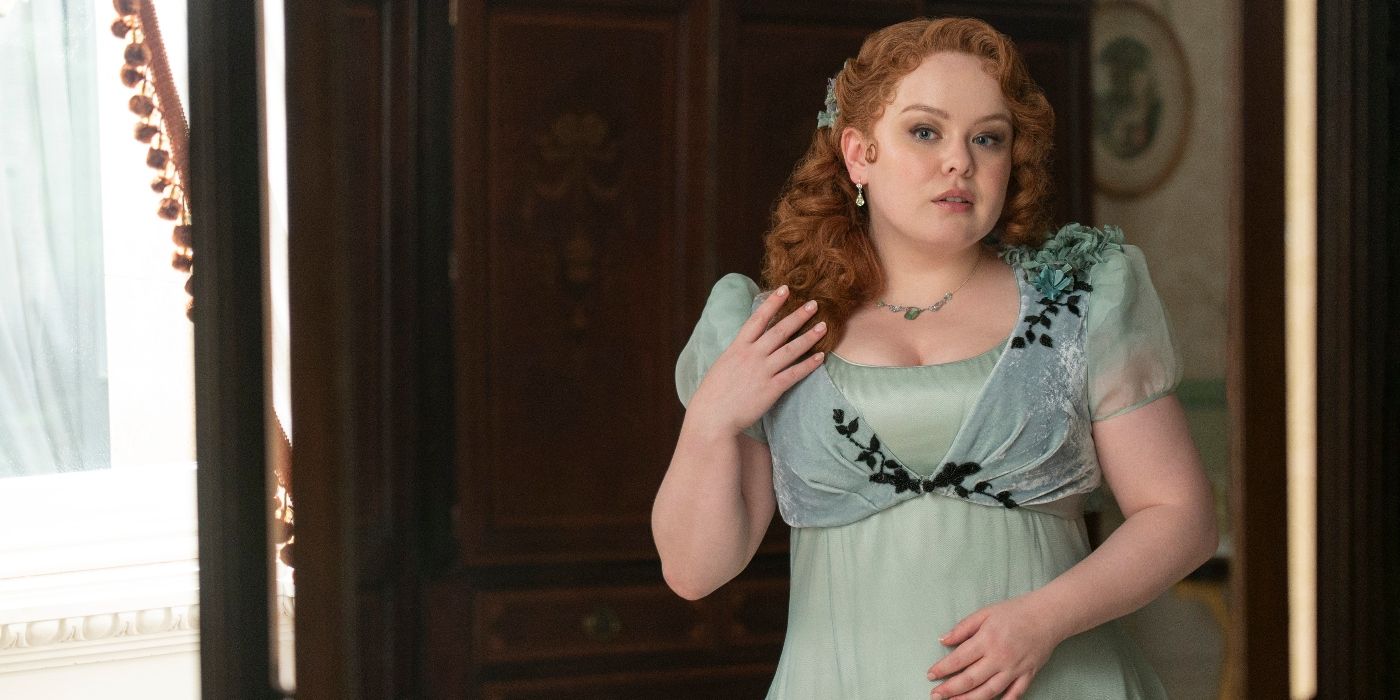
Going into and during Bridgerton Season 3, the bad faith discourse about Nicola Coughlan’s body has been, frankly, exhausting. During Episode 5, for a moment, that noise fell away, replaced with the joy of watching a woman who isn’t traditionally thin enjoy sex — and the rapture Colin takes in her curves. He never faults Penelope or loves her “despite” her size. From her hair to her toes, he’s wildly attracted to his best friend. Such representation shouldn’t be revolutionary in this age. Yet, here we are — meaning it was necessary Bridgerton not gloss over the moment’s magnitude, or its potential impact. Coughlan told Stylist (via CNN) that she chose to be “very naked” during the scene. “It just felt like the biggest ‘f—k you’ to all the conversation surrounding my body; it was amazingly empowering.”
Mid-sized and plus-sized women have been constantly derided, insulted, abused, and unseen — often simultaneously. Marketing, culture, and institutions have gaslighted us into ruthlessly critiquing our bodies. We’ve wept over them in mirrors, viewed them as our enemies, and harmed ourselves by trying to twist into dangerously unhealthy images. For Penelope Featherington-Bridgerton, no longer is a curvy woman stuck in unrequited love. She isn’t the comic relief best friend, the butt of the rehashed joke, or forced to appease the masses by losing weight before a man can desire her. She’s the heroine of one of the world’s most popular shows. Through Penelope and the magnificent Nicola Coughlan, we wallflowers with lifelong curves are centered, witnessed, and adored. Whether or not we’ve discovered our power yet, however our journeys are unfolding, Penelope is a bastion offering equivalent hope and happiness. Like her, we can be our own heroines. A handful of lines in Romancing Mr. Bridgerton has become a movement. The mirror scene’s tender, sexy, authentic representation more than matters — it’s healing.
